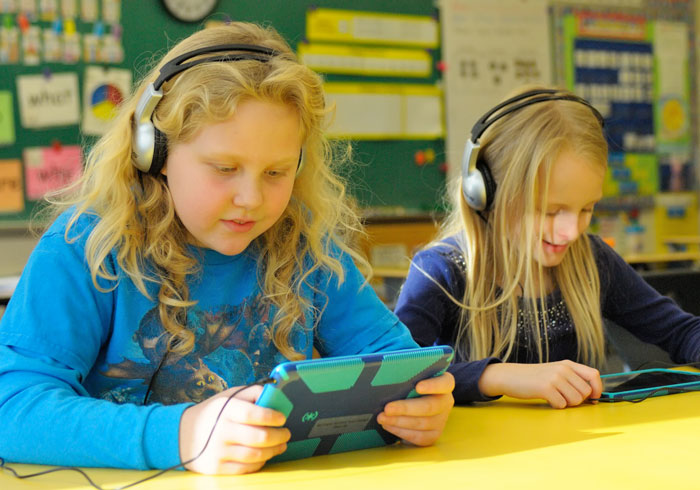
Brothers and Sisters: Managing Conflict Through Family Meetings
November 4, 2015
Is Dyslexia Real?
November 18, 2015
In a recent article on the Understood Web site (a comprehensive resource for learning disabilities and ADHD), blog writer Jamie Martin talks tech in a post entitled The First Assistive Technology I Recommend to Parents.
Martin’s response to a parent’s question is one Springer not only echoes, but also practices daily throughout the school, and in work with parents through the center. Text-to-speech software provides a simple solution to a complex challenge – literacy development in children with a reading learning disability or ADHD. In either case, research indicates these children risk deficits in vocabulary development, building background knowledge, reading decoding and fluency. While text-to-speech is not the complete answer to all of these areas of challenge, it can help children reach their potential, capitalizing on strengths while bypassing areas of difficulty.
Often children with a language-based learning disability in the area of reading can gain greater understanding of complex content when they use text-to-speech to listen to content. This assistive technology can also “make it easier to sound out words...remember words that need to be learned by sight, and it may be easier for students to gain meaning from what they read.”
For students with ADHD, staying focused on text and attending to details is often a challenge. Text-to-speech programs can “highlight words and sentences, making it easier for the eyes to follow as they listen. This can help them focus on reading for longer periods of time.” Highlighting important details as they read can also support memory, and actively engage the reader for longer periods of time.
“For all kids, text-to-speech provides a multisensory way of learning. That’s because they’re using both sight and sound to read. By using more than one sense, kids can gain a deeper understanding of what they’re reading.”
Martin also gives a few recommendations to get families started with text-to-speech and “test drive” this technology. A few free options are:
- Natural reader (Windows and Mac computers, Chrome, iOS, and Android)
- Built-in text-to-speech on mobile devices (iOS, Android) and Apple computers (OS X)

- Talk - Text to Voice (Android)
- SpeakIt (Chrome)
While Martin contends this will help your child “develop a love of books,” text-to-speech can also be a vehicle to drive independence, allowing your child to taking control of learning when a reading disability makes reading a laborious and time-consuming task.
To read the entire post on Understood, go to The First Assistive Technology I Recommend to Parents.
Blogger Barbara Hunter, MEd, shares her expertise in the use of technology to support learning. If you have questions, please contact Barbara at .



